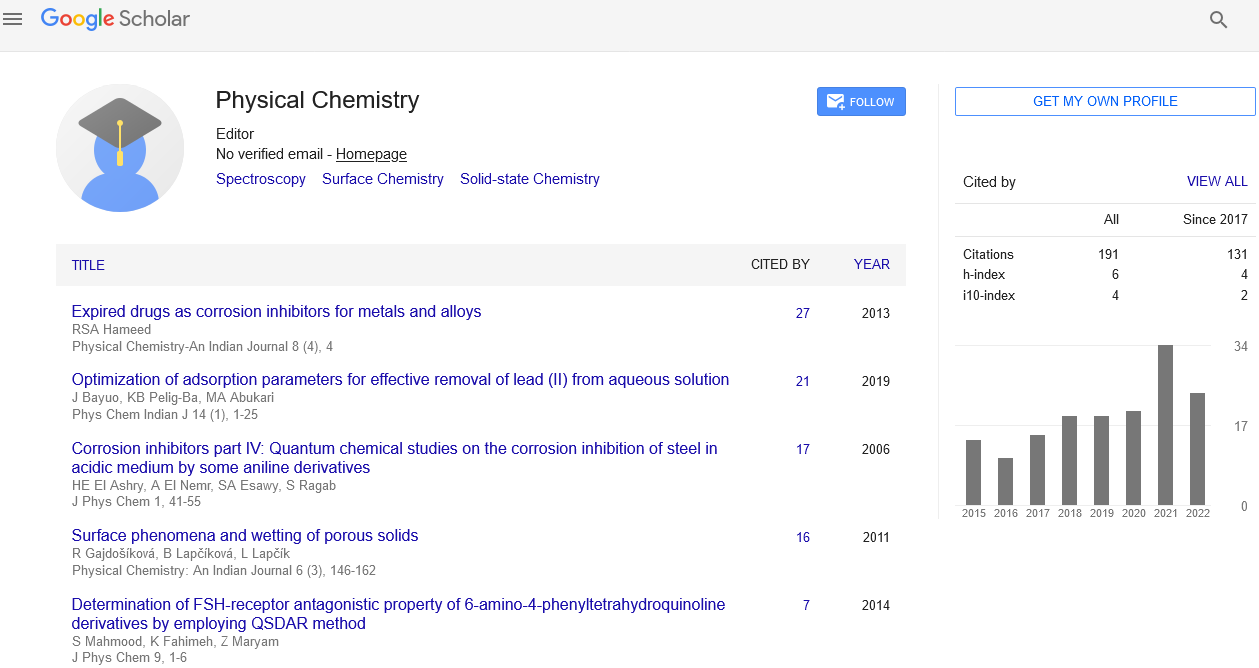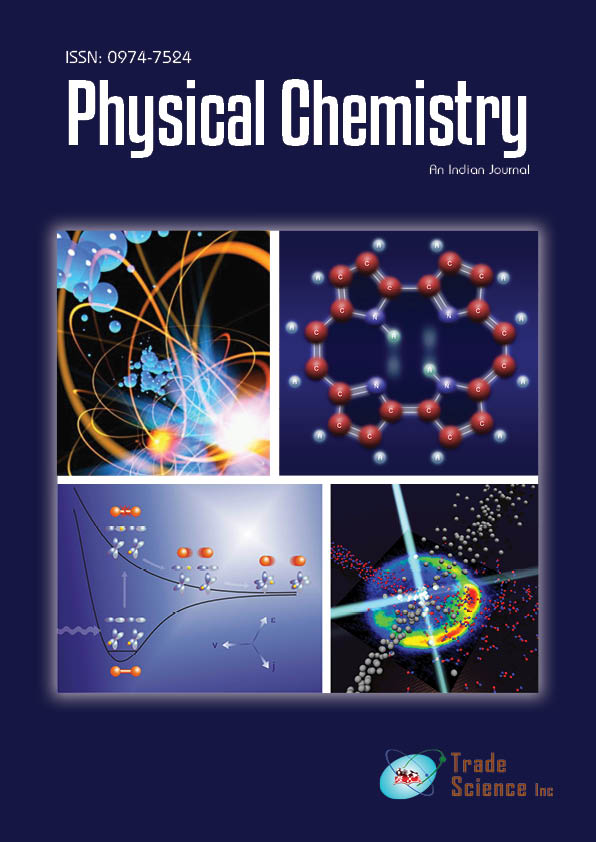Short commentary
, Volume: 16( 4)Biological Effects of Nanoparticle Size, Shape, and Surface Chemistry Systems
- *Correspondence:
- Stefan Paul
Editorial Office,
Physical Chemistry: An Indian Journal,
UK,
E-mail: physicalchem@journalres.com
Received: July 11, 2021; Accepted: July 15, 2021; Published: July 25, 2021
Citation: Paul S. Biological Effects of Nanoparticle Size, Shape, and Surface Chemistry Systems. Phys Chem Ind J. 2021;16(4):149.
Abstract
Commentary
Nanotechnology is defined as "the design, characterization, manufacture, and use of structures, electronics, and systems at the nanoscale" (100 nm). Understanding the interactions between nanoparticles and biological systems is extremely important. These foundational findings will serve as a foundation for developing nanoscale gadgets in the future. We discuss the rationales for these investigations, as well as the present state of research into the interactions of nanomaterials with biological systems and the long-term consequences of these discoveries. In both cell culture and animal trials, researchers are attempting to link the features of nanomaterials such as size, shape, chemical activity, surface charge, and composition to biomolecular signalling, biological kinetics, transportation, and toxicity. Nanotechnology has emerged as a viable technique for resolving technological impasses in different disciplines of science over the last three decades. The study of nanoparticles' interactions with biological systems, known as nano-bio interactions, is a contemporary trend in nanotechnology. Researchers create a nanoparticle series in the lab where all parameters are kept constant except for one in the experimental framework. To mediate connections and functions, molecules, viruses, bacteria, and other biological entities have evolved into exact sizes, shapes, and chemistries. Antibodies' FAB branches recognise complementary antigen targets and use noncovalent forces to bind to them.
Viruses can be icosahedral, bullet-shaped, or rod-shaped, and their morphologies can be asymmetric. These geometries could influence their potential to infect specific cell types as well as the length of time they spend inside the cell. To govern cell viability and function, proteins assemble in complex units called ribosomes. The size of all of these biological molecules and structures is in the nanometer range. To fully realise the potential of nanotechnology, it will be necessary to understand how the physicochemical qualities of nanostructures connect to biological interactions and functions.
Fundamental research into nano-bio interactions will pave the way for the parameterization of the nano engineering process through the development of precise design principles. Researchers would be able to simplify the creation of complex nanostructures, ensuring the maximum possible delivery efficiency while also maximizing signal strength. Chemical synthesis produces a prototype nanoparticle, which is subsequently coated with polymers, medicines, fluorophores, peptides, proteins, or oligonucleotides before being delivered to cell cultures or animal models. Nanoparticles were once thought to be harmless carriers, but several studies have shown that the nanoparticle design influences cell absorption, gene expression, and toxicity through changing their interaction with serum proteins and cell membrane receptors. The designed geometry and ligand density of a nanomaterial influence interactions between nanoparticle-bound ligands and cellular receptors. The nanoparticle serves as a scaffold, and the amount of ligands that interact with the receptor target is determined by its design. When numerous ligands on the nanoparticle interact with multiple receptors on the cell, this is known as a multivalent effect. The avidity for the entire complex is used to measure the binding strength of complexed ligands, which is greater than the sum of individual affinities. Antibodies with at least two antigen-binding sites experience this effect. Similarly, the presence of ligands at a given density over a specified curvature on nanoparticle surfaces will influence the total avidity of nanoparticle linked ligands for accessible cell receptors.

